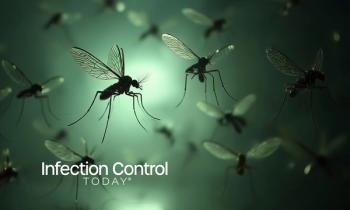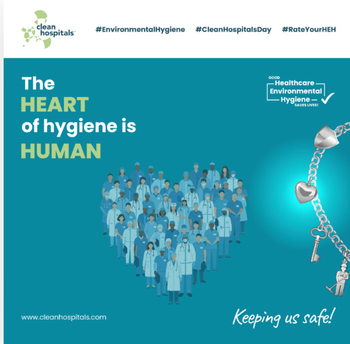
Nurses Launch Petition to Place Vascular Access Specialists in Every Hospital Across U.S.
A coalition of nurses and the Association for Vascular Access have launched a drive to gather 100,000 signatures of the public and medical professionals to support a safety initiative by placing vascular access specialists in every hospital across America.
The petition will be presented to Washington legislators at the 2019 American Nurses Association Hill Day on June 20 as part of a focus on nurse-to-patient ratios.
“Vascular access specialists make a crucial contribution to maintaining those staffing ratios by allowing highly skilled bedside nurses to focus on patient care instead of being called away to assist with intravenous (IV) access,” said Connie Girgenti, R.N. and co-organizer of the petition drive. “Americans for Vascular Access Specialists in Every Hospital is a public call to action to improve health outcomes for millions of patients”.
Every day, more than 590,000 patients are hospitalized and 98% of them will need a vascular access device. Most of these devices are peripheral intravenous (PIV) catheters, which cost $28-$35 per attempt to place.
According to Girgenti, a vascular access specialist, patients commonly receive multiple needlestick attempts --sometimes as many as 10 or more when they go to a hospital for treatment. In addition to pain and suffering, the failed attempts can lead to subsequent complications including bloodstream infections, which impact patient outcomes and increase costs.
“Every patient should only have to endure one stick when they arrive at the hospital and a specially trained inserter can do that more than 95% of the time,” she said.
Vascular access specialists assess and place intravenous catheters. They work with other clinicians to place the right device for each patient, taking into consideration factors like health history, medication, and how long the device will be used. The goal is one patient, one device. Their knowledge and assessment skills are also applied to care, maintenance, and troubleshooting the devices in an effort to avoid complications.
The use of vascular access specialists is supported by the Centers for Disease Control and Prevention (CDC), the ECRI Institute, an independent authority on medical practices and products, and the Infusion Nurses Society.
“We want to drive legislative change that will improve the hospital care received by millions of Americans every day, one stick for all patients from first time mothers to preterm infants to terminal cancer patients,” said Sheri Pieroni, RN, co-organizer of the petition drive.
PIV failures can be as high as 63 percent, mainly due to unskilled general nurses placing them without ultrasound guidance. Some hospitals have begun to build vascular access teams and improve these outcomes, while others are unaware of the ordeal some patients endure with vascular access.
Stories posted by vascular access specialists on social media illustrate the difficulties patients face.
“A couple of months ago I had a 2-month-old infant that lost peripheral IV access during the night. The intensivist didn’t want to place a CVL [central venous line] and asked for nursing to restart the peripheral. The infant was stuck more than 12 times by over 4 RNs and the intensivist physician himself, who still maintained that the child did not require central access. This patient then waited 4-5 additional hours without access. When I arrived the next morning, I placed a forearm 24g 1.25” peripheral using US [ultrasound] on the first attempt. It lasted over a week.” --E.K.
“I recently had a patient break down and sob because I had started her PIV in one try. For a prior medical encounter, she had been poked eleven times.” --N.H.
To sign the petition and support Vascular Access Specialists in Every Hospital Across America,
Corporate supporters of the petition include Nexus Medical, PICC Excellence, Parker Laboratories, Vygon and Entrotech Life Sciences.
Newsletter
Stay prepared and protected with Infection Control Today's newsletter, delivering essential updates, best practices, and expert insights for infection preventionists.





